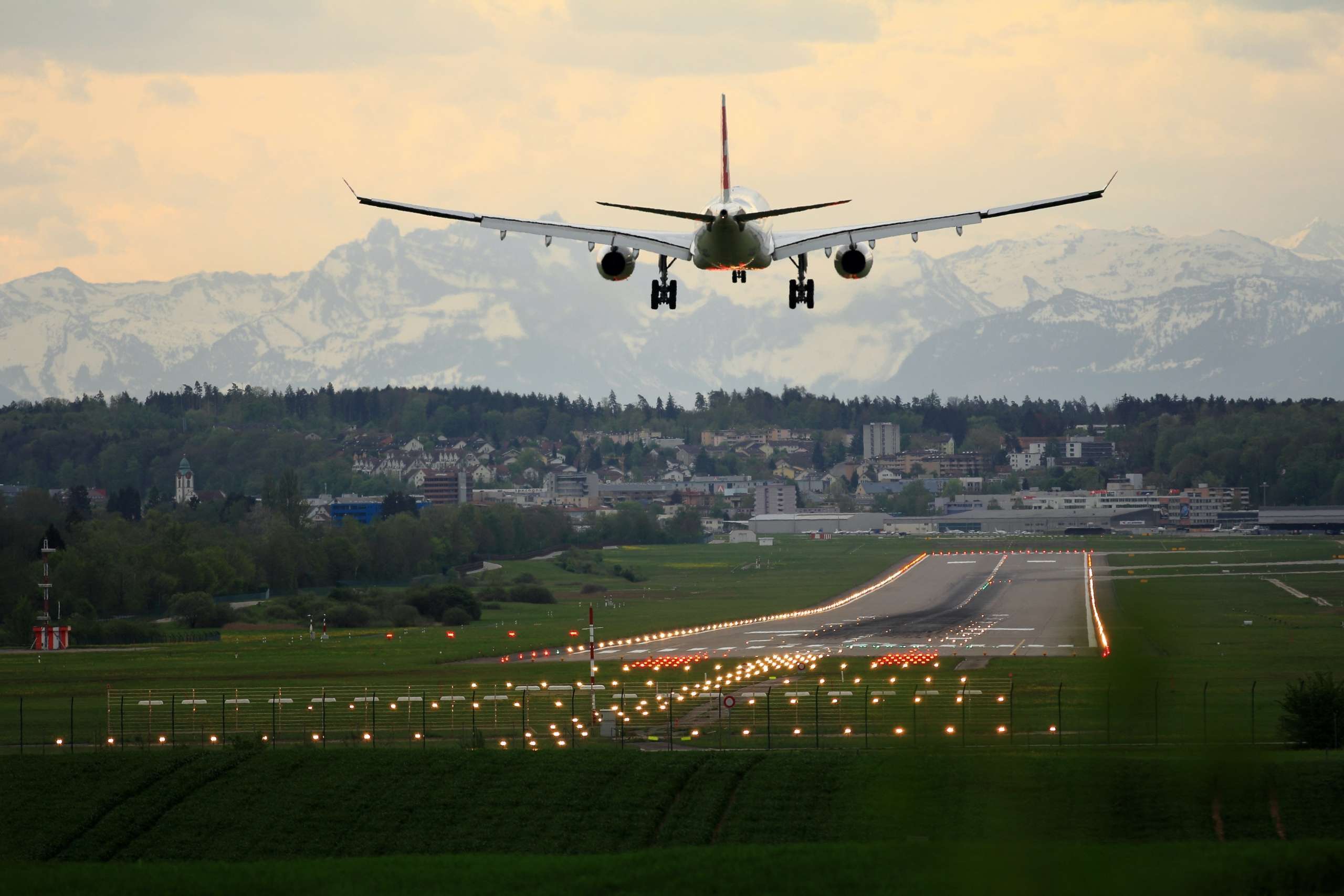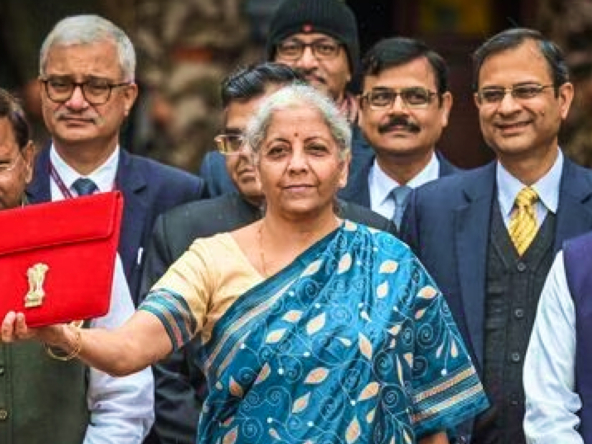The Impact of Navi Mumbai International Airport on Property Rates:
The Navi Mumbai International Airport has emerged as a significant force for transformation in the area, catapulting it into a new age of economic growth, infrastructural improvement, and connectivity. The development of the airport has spurred a wave of positive improvements, establishing Navi Mumbai as a significant center for business, travel, and investment prospects as a critical gateway to India’s financial capital, Mumbai.
We shall examine the significant consequences of Navi Mumbai International Airport on the economy, infrastructure, real estate, tourism, and overall regional growth in this blog. We will examine how this massive project changed the look of Navi Mumbai, drew in business, produced jobs, and enhanced the standard of living for locals.

Economic Growth and Opportunities:
Navi Mumbai International Airport Property Rates have had a major impact on the region’s economic growth. It has attracted international companies, created employment opportunities, and stimulated the local economy. In addition, it has fostered the development of the hotel industry, food services, and transportation, supporting the growth of related sectors. The airport also facilitated trade and foreign investment, strengthening Navi Mumbai’s position as an attractive business destination. In summary, Navi Mumbai International Airport has stimulated economic growth, created opportunities, and strengthened international trade ties in the region.
Near the D. B. Patil International Airport in Navi Mumbai, Airoli and Old Panvel are significant areas. It provides a selection of residential homes with beginning rates per square foot ranging from 2,000 to 47,281 rupees. In Airoli, the cost per square foot is 27,912.92 rupees. And in Old Panvel and Panvel in Navi Mumbai, the cost of a flat normally ranges from Rs. 3,000 to Rs. 10,000 per square foot.
Infrastructure Development and Connectivity:
The development of the airport has a ripple effect on the region’s infrastructure, which requires the expansion and improvement of transportation networks. We will explore infrastructure projects initiated following the construction of the airport, such as roads, railways, and metro lines, that improve connectivity within and around Navi Mumbai. In addition, we will discuss how improved infrastructure supports urban development, encourages sustainable transportation, and improves the overall quality of life in the region.
Some names of projects and connectivity routes are for example the construction of the Palm Beach Road, Patil Marg, Uran Road, the extension of the railway network to Belapur, and the metro project linking Vashi to Ghatkopar. These infrastructure initiatives contribute to greater mobility and accessibility, thus promoting the harmonious development of Navi Mumbai.
Boosting Tourism and Travel:
The international airport plays a crucial role in promoting tourism and travel in the region. We will explore how improved connectivity and accessibility are attracting domestic and international tourists to Navi Mumbai, stimulating the hotel industry, and boosting local businesses. We will highlight the airport’s potential as a tourist hub, showcasing the region’s cultural heritage, natural attractions, and business opportunities.
The proximity of Navi Mumbai with popular tourist destinations like Elephanta Caves and Kharghar Hills makes it an ideal gateway for visitors. With more international flights and connections, Navi Mumbai International Airport will certainly help strengthen the tourism industry and promote the region as a leading tourist destination.
Sustainable development and environmental impact:
As Navi Mumbai evolves as a hub, it is essential to consider the environmental impact of such a transformation project. We will examine measures taken to ensure sustainable development, including environmentally friendly initiatives, conservation efforts, and mitigation of the environmental impact of increased air traffic and infrastructure development.
Initiatives such as the promotion of renewable energy, waste management, and the preservation of green spaces are implemented to minimize the airport’s ecological footprint and promote balanced development. Awareness of environmental protection and
sustainability is essential to ensure that Navi Mumbai’s growth is conducted in a responsible and respectful manner of the local ecosystem.
Investment opportunities at Navi Mumbai as an international airport:
New investment possibilities have arisen in the region as a result of the construction of the international airport in Navi Mumbai. We will look at the several investment options that are out there, including those in hotels, commercial and residential real estate, travel and tourism services, transportation infrastructure, and associated businesses like logistics and distribution. Navi Mumbai offers potential for growth and high returns due to its strategic position and the expected increase in passenger flows and demand for quality services.
Investors can take advantage of these opportunities to diversify their portfolios and benefit from the region’s dynamic economic growth. It is important to conduct a thorough market study, consult local experts, and understand investment policies and regulations to make informed decisions and maximize the benefits of investment opportunities at Navi Mumbai as an international airport.
Conclusion:
More than just an airport, Navi Mumbai International Airport is a representation of development, connection, and expansion. The airport has drawn the interest of businesses, tourists, and investors due to its advantageous location, enhanced connectivity, and plenty of options. The airport is in the middle of Navi Mumbai, which is developing into a center of business activity, real estate development, and vibrant tourism, and it is prepared to drive the area toward a wealthy future.




